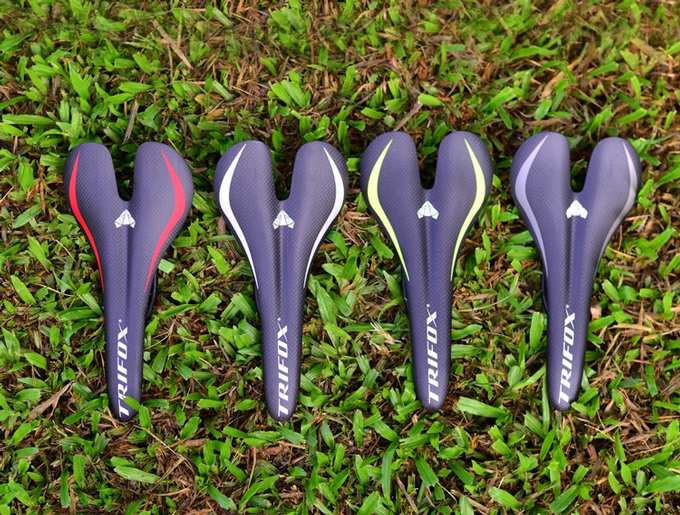
For cyclists, achieving the perfect balance of comfort and performance is essential, and one of the most critical components in this pursuit is the cycle saddle. The right saddle can drastically enhance your riding experience, transforming long, arduous rides into enjoyable journeys. Choosing the right cycle saddle starts with understanding its impact on comfort and performance. A high-quality saddle is designed to minimize discomfort and maximize efficiency, making each ride more pleasurable and less taxing on your body. Features such as ergonomic design, lightweight construction, and adjustability are key aspects to consider. An ergonomic design is paramount for reducing pressure on sensitive areas, ensuring that your weight is evenly distributed. This helps prevent numbness and discomfort during long rides. Additionally, saddles made from lightweight materials like carbon not only contribute to a lighter bike overall but also offer durability and strength, crucial for withstanding the stresses of cycling. The Trifox CS100 carbon bike saddle exemplifies these high-quality features. Its agreeable design prioritizes rider comfort with contours that support your natural posture, reducing strain on the back and hips. Crafted from carbon, the CS100 is incredibly light, helping you maintain speed and agility without compromising on durability. Adjustability is another essential feature of a top-tier saddle. Being able to fine-tune the saddle's position allows you to find the perfect alignment for your riding style and body type, further enhancing comfort and performance. This customization ensures that each ride is tailored to your needs, reducing the likelihood of saddle sores or other discomforts. When selecting a saddle, it's important to consider your individual needs and preferences. Factors such as the type of cycling you engage in, your riding position, and your body measurements should all play a role in your decision-making process. Testing different saddles and consulting with cycling professionals can offer valuable insights into finding the perfect fit. In conclusion, investing in a high-quality saddle like the Trifox CS100 can significantly enhance your cycling experience. By choosing a saddle that prioritizes comfort, leveraging ergonomic design and lightweight materials, you can improve your performance and enjoyment on every ride. Consider upgrading your saddle to experience the difference a well-chosen component can make. Happy cycling!
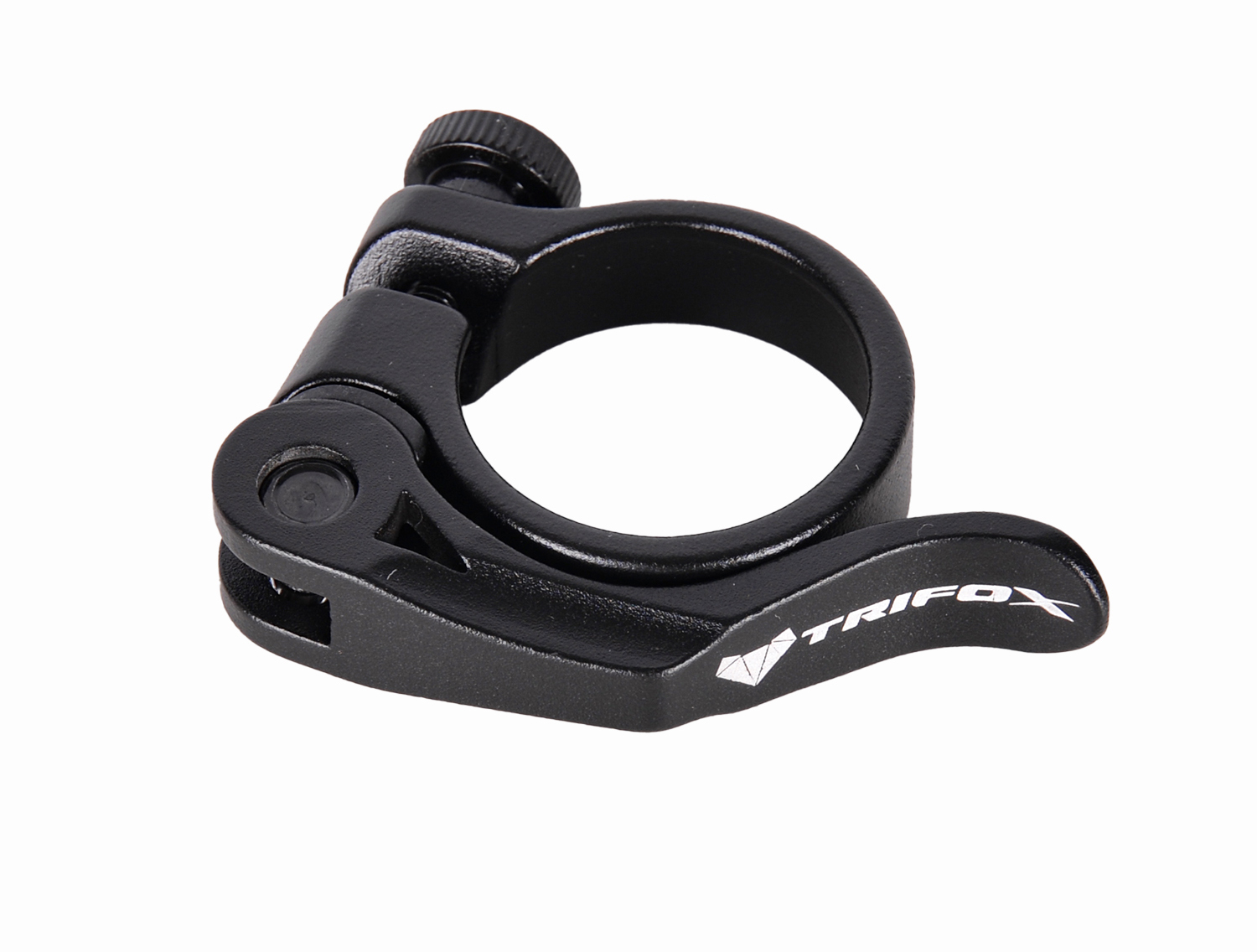
For avid cyclists, comfort and performance are paramount, and one often overlooked component that plays a crucial role in achieving these is the road bike seat clamp. While small in size, the seat clamp is vital for maintaining stability and precision during your rides, directly impacting your overall cycling experience. A seat clamp like the SC35 model is designed to securely hold the seatpost in place, ensuring it remains at the desired height and angle. This prevents any unwanted slippage or rotation, which can cause discomfort and disrupt your ride. Maintaining the correct seating position is essential for both comfort and efficiency, allowing you to focus on the road ahead. The SC35 seat clamp is crafted from high-quality aluminum, a material known for its strength and durability. This makes the clamp robust enough to withstand the rigors of cycling, including the constant vibrations and pressures experienced during rides. Despite its strength, the aluminum construction ensures the clamp remains lightweight, a crucial factor for those looking to optimize their bike's performance without adding unnecessary weight. One of the standout features of the SC35 is its user-friendly design. It is engineered for easy installation, equipped with a locking threaded nut that allows for quick adjustments. This ensures that cyclists can make precise modifications to their seating arrangement with minimal hassle, enhancing comfort and reducing the risk of discomfort during long rides. By choosing the right seat clamp, cyclists can significantly enhance their riding experience. A stable and correctly positioned seatpost not only improves comfort but also contributes to better performance by allowing more efficient power transfer from the rider to the bike. In conclusion, investing in a quality seat clamp like the SC35 can transform your cycling experience. Whether you're a seasoned cyclist or a weekend rider, ensuring your bike is equipped with a reliable seat clamp is essential. Consider upgrading your current setup to enjoy improved comfort and performance on every ride.
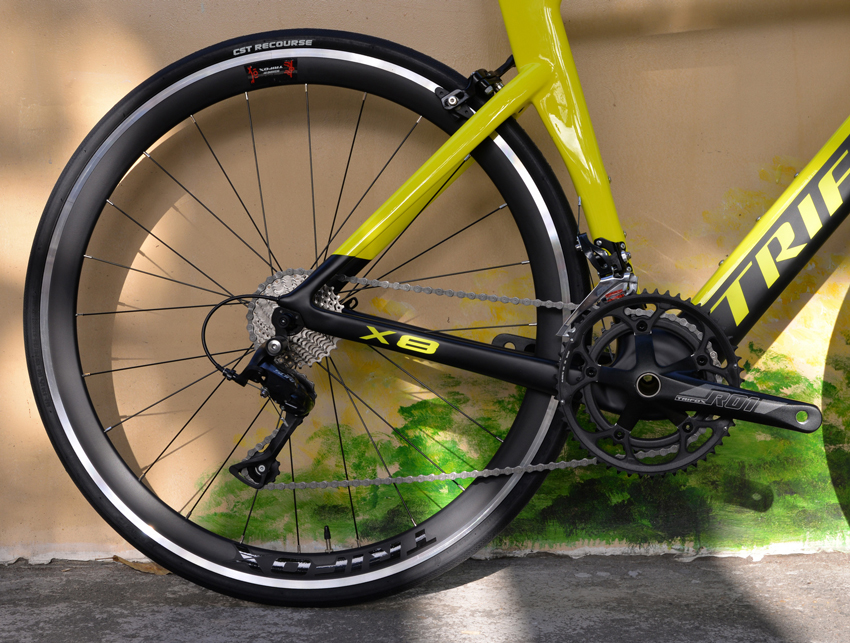
In the world of cycling, speed enthusiasts and competitive racers are always on the hunt for equipment that can give them an edge. Among the many components that can impact performance, aero road wheels stand out as a potentially transformative upgrade. But are they the secret to boosting your cycling speed? Let's delve into the benefits of these wheels and explore how they can enhance your ride. Aero road wheels are specifically designed to reduce aerodynamic drag, which is the force opposing a cyclist's forward motion. By minimizing this resistance, aero wheels help maintain higher speeds with less effort. The key to their effectiveness lies in their deep-section rims, which cut through the air more efficiently than standard wheels. This design reduces the vortex effect, where turbulence is created behind the wheel, slowing you down. Instead, the streamlined shape of aero wheels allows for smoother airflow, enabling cyclists to conserve energy and maintain momentum. The use of carbon fiber in aero wheels further enhances their performance. Carbon fiber is renowned for its lightweight and strong properties, making it an ideal material for wheel construction. Trifox's carbon road bike wheels exemplify these advantages, providing a sturdy yet featherlight option that significantly improves acceleration and climbing efficiency. The decreased weight means less rotational mass, allowing for quicker acceleration and easier maintenance of high speeds. For competitive cyclists, every second counts. Aero road wheels offer a measurable advantage in time trials and race situations, where slicing through the air can mean the difference between winning and losing. The aerodynamic benefits become even more pronounced at higher speeds, making these wheels a coveted choice for those looking to improve their competitive edge. However, it's important to choose the right wheelset for your specific cycling goals. While aero wheels shine on flat courses and in windy conditions, riders who frequently tackle steep climbs may prioritize weight over aerodynamics. Thus, understanding your riding style and the typical terrain you encounter is crucial when selecting the perfect wheelset. Aero road wheels can indeed be a game-changer for speed enthusiasts. By reducing drag and utilizing lightweight carbon construction, they offer an effective means to boost cycling speed and performance. Whether you're a dedicated racer or a casual rider seeking to elevate your cycling experience, investing in a quality set of aero wheels like those from Trifox could be the key to unlocking new levels of speed on the road. Ultimately, these wheels provide more than just an aerodynamic advantage—they offer the potential to transform how you ride and race.
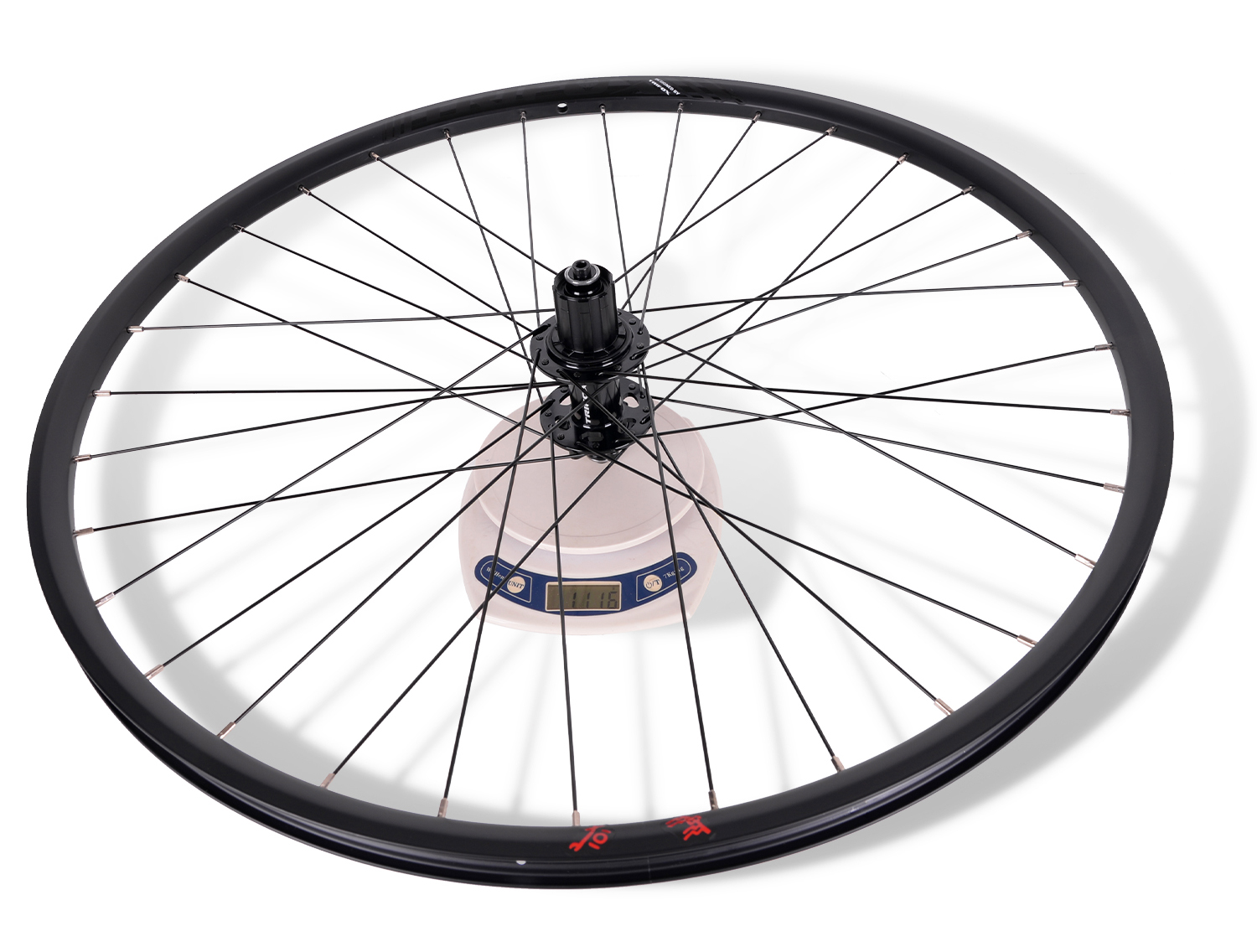
Choosing the right bicycle wheelset can significantly influence your cycling performance and overall riding experience. When considering a new wheelset, several key factors come into play, including material, weight, aerodynamics, and brake compatibility. Each of these elements contributes to how the wheels will perform under different conditions. Material is a crucial consideration. Carbon fiber has become the material of choice for many cyclists due to its excellent strength-to-weight ratio. Carbon wheelsets, like those offered by Trifox, provide a lightweight option that enhances speed and acceleration. The reduction in weight means less effort is required to maintain speed, making these wheels ideal for both competitive racing and long-distance rides. Additionally, carbon fiber's inherent stiffness improves power transfer, ensuring that each pedal stroke results in forward momentum. Weight is another critical factor. Lighter wheels can make a substantial difference, especially when climbing or accelerating. The less rotational mass there is, the easier it is to get the wheels spinning and to keep them spinning, which can lead to improved performance and reduced fatigue over long distances. Aerodynamics also play a vital role, particularly for road cyclists focused on speed. Deep-section rims, often found in carbon wheelsets, help reduce air resistance, allowing for faster riding with less effort. This aerodynamic advantage becomes increasingly important in time trials and race situations where every second counts. Brake compatibility is a practical consideration that must not be overlooked. Wheelsets come with different braking systems, typically designed for either disc brakes or traditional rim brakes. Trifox's carbon road bike wheels, for instance, offer compatibility with both disc and V brakes, providing versatility for different bike setups. Choosing the right brake compatibility ensures better performance and safety, particularly in varying weather conditions. When selecting a wheelset, it’s essential to match it to your specific cycling needs and style. For instance, if you primarily ride on flat roads and focus on speed, an aerodynamic wheelset may be more beneficial. Alternatively, if you're an avid climber, a lighter wheelset could better suit your needs. Using Trifox’s carbon road bike wheels as an example, these wheelsets offer a blend of advanced features that cater to various cycling disciplines. The use of carbon fiber not only provides a lightweight solution but also enhances durability, ensuring the wheels can withstand rigorous use. The aerodynamic design aids in maintaining higher speeds with less effort, making them a smart choice for those looking to upgrade their performance. In conclusion, choosing the perfect bicycle wheelset involves a balance of material, weight, aerodynamics, and brake compatibility. By considering these factors and how they align with your cycling objectives, you can select a wheelset that enhances your performance, speed, and overall cycling experience. Whether you’re a competitive racer or a weekend warrior, the right wheelset can make all the difference in achieving your cycling goals.
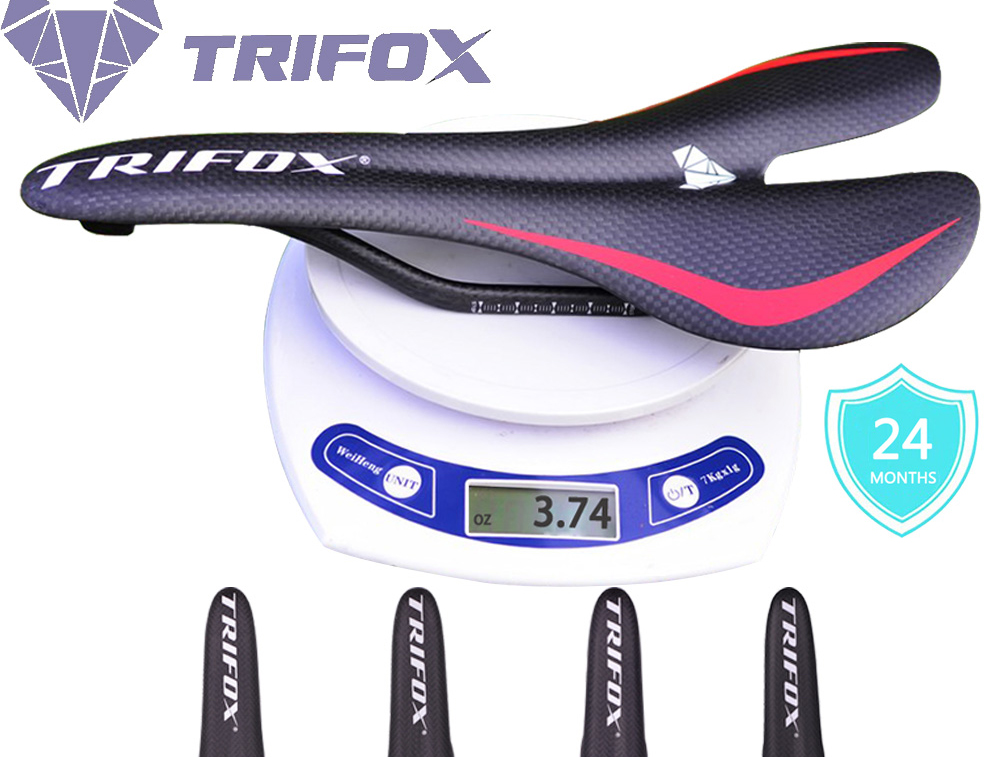
Selecting the best bicycle saddle can significantly enhance your riding experience, offering the perfect blend of comfort, performance, and durability. While personal preferences and riding styles play a crucial role, there are certain features every rider should consider when choosing the right saddle. Comfort is paramount. A saddle that doesn't fit well can lead to discomfort and even pain during long rides. It's essential to choose a saddle that aligns with your body's anatomy. The shape and width should offer ample support to your sit bones while the nose should be shaped to prevent pressure on soft tissues. The Trifox CS100, for instance, features a thoughtful nose design that promotes better blood circulation and prevents numbness, making it a superb choice for extended rides. Weight is another critical factor, especially for competitive cyclists or those who frequently engage in long-distance biking. A lighter saddle can make a noticeable difference in your bike's overall performance. Carbon fiber saddles, like the Trifox CS100, are favored for their excellent strength-to-weight ratio. Weighing just 106 grams, this saddle reduces the overall weight of the bike, enhancing speed and control without compromising durability. Material plays a significant role in saddle performance. Carbon fiber is not only lightweight but also offers remarkable vibration dampening abilities. The Trifox CS100's carbon fiber construction absorbs shocks and vibrations, delivering a smoother and more comfortable ride across different terrains. This feature is especially beneficial for those who frequently cycle on rough or uneven surfaces. Ventilation should not be overlooked. A saddle with a vented design helps in maintaining airflow during rides, keeping the rider cool and preventing sweat buildup. The Trifox CS100 incorporates a vent design that enhances breathability, ensuring a more pleasant and dry riding experience. Ultimately, the choice of saddle should also reflect your riding style. Whether you're a road cyclist, a commuter, or an off-road enthusiast, your saddle needs to complement your riding habits. A well-fitted saddle like the Trifox CS100, which offers a blend of comfort features and performance enhancements, can significantly improve your cycling experience. In conclusion, finding the best bicycle saddle involves balancing comfort, weight, material, and design to suit your personal needs. The Trifox CS100 exemplifies these qualities with its lightweight carbon fiber construction, ergonomic design, and advanced features, making it a top choice for cyclists seeking to optimize their ride. By taking the time to select a saddle that aligns with your anatomy and riding style, you can enjoy a more comfortable and efficient cycling journey.
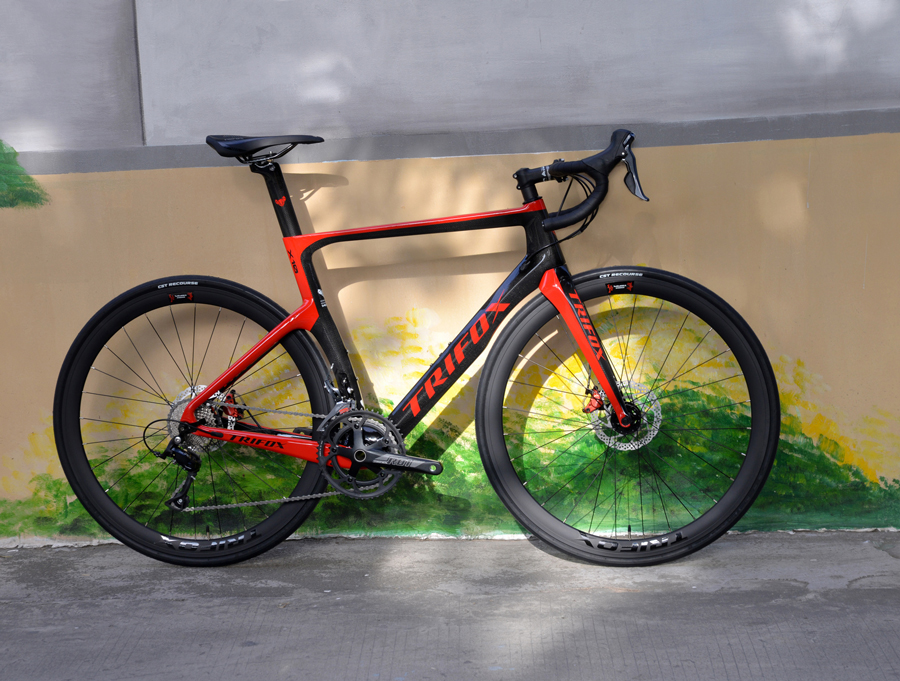
Upgrading your bike can be an exciting journey into enhancing performance and enjoyment, and choosing a road disc frameset is a strategic move for any cyclist. Disc brakes on road bikes have revolutionized cycling by delivering superior stopping power, especially under variable weather conditions. This significant improvement in braking performance ensures you can ride confidently, whether facing wet roads or steep descents. One of the most compelling reasons to opt for a road disc frameset is its versatility. Disc brakes provide consistent performance in both dry and wet conditions, offering peace of mind during sudden stops and enhancing safety on unpredictable terrains. This makes them an excellent choice for those who ride frequently in diverse environments, ensuring reliability and control. The construction material of the frameset also plays a crucial role in upgrading your cycling experience. Carbon fiber frames are celebrated for their exceptional strength-to-weight ratio. This means you get a lightweight bike that doesn’t compromise on durability. A lighter bike translates to better speed and easier handling, especially during climbs, without sacrificing stability. Trifox’s range of carbon road bike frames exemplifies these benefits. Known for their affordability and quality, Trifox frames offer a practical upgrade option without breaking the bank. By integrating carbon fiber construction with disc brake capability, these framesets provide a comprehensive package of durability, efficiency, and enhanced safety. Choosing a road disc frameset from Trifox not only elevates your biking performance but also offers a smart investment in your cycling future. With improved braking, reliable performance across weather conditions, and the lightweight advantage of carbon fiber, a road disc frameset is undeniably a worthwhile upgrade for cyclists aiming to enhance their ride. Whether you’re gearing up for competitive cycling or simply seeking a more enjoyable ride, this upgrade ensures you’re equipped for the road ahead.
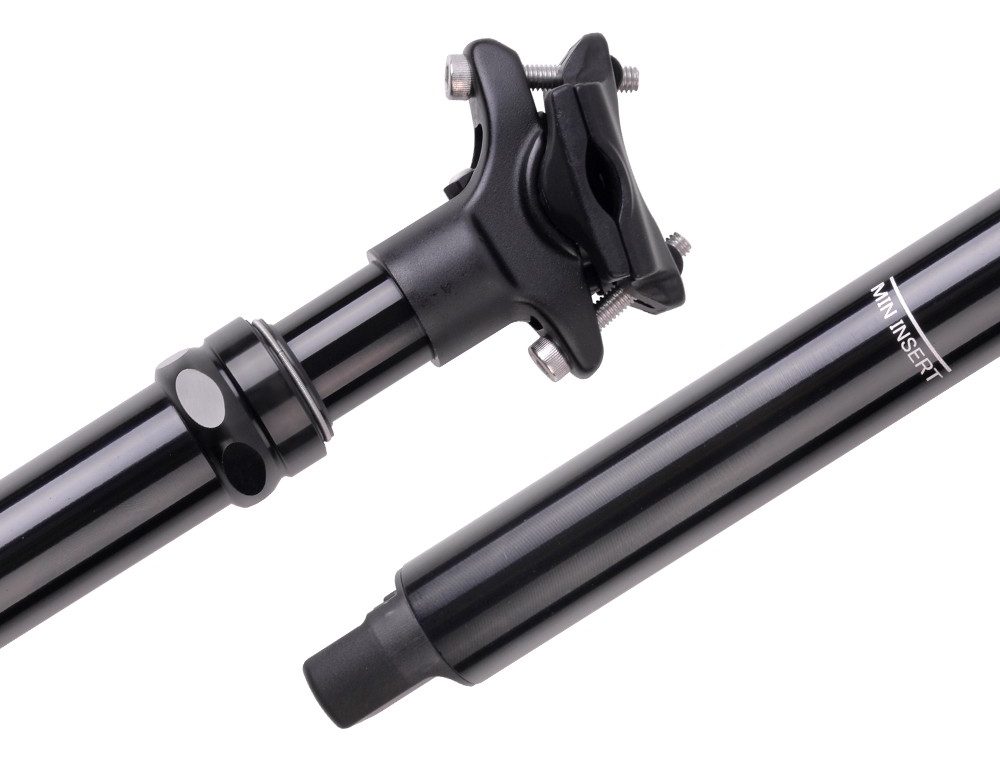
In the quest for optimal cycling performance, every component of a bike plays a crucial role. One often overlooked component that can significantly impact your ride is the seatpost. The choice between aluminum and carbon seatposts can make a marked difference, and a carbon seatpost with a 31.6mm diameter might just be the key to unlocking your bike's performance potential. A carbon seatpost is prized for its ability to reduce weight. When every gram counts, particularly in competitive biking or long-distance rides, a lighter bike can make a substantial difference in speed and endurance. Carbon fiber is renowned for its strength-to-weight ratio, meaning you get exceptional durability without the added bulk. This can enhance acceleration and climbing efficiency, offering a noticeable advantage for serious cyclists. Beyond weight reduction, a carbon seatpost offers superior vibration dampening compared to traditional aluminum. This is crucial for comfort, particularly on rough terrains or extended rides where constant vibrations can lead to fatigue. By absorbing road shocks and vibrations, a carbon seatpost ensures a smoother, more comfortable ride, allowing you to maintain higher speeds with less discomfort over time. The 31.6mm diameter is a popular choice in the cycling community due to its balance of strength and flexibility. This size is versatile, fitting a wide range of bike frames while offering robust support for the rider. It’s not just about fitting, though—the diameter also contributes to the seatpost’s ability to flex appropriately, enhancing comfort and control without compromising stability. A prime example of innovative seatpost technology is the Trifox AP316 Dropper Seatpost. While it is constructed from high-quality 7075 aluminum rather than carbon, it incorporates features that parallel the benefits of a carbon seatpost. The AP316 offers a 125mm travel range, which is adjustable via a remote, allowing for real-time customization of your ride height. This adaptability is vital for maintaining an optimal riding position across varying terrain, improving both comfort and performance. The AP316’s design includes an air suspension system, which further enhances ride comfort by minimizing the impact of bumps and jolts. This not only protects your joints but also allows for a more controlled and enjoyable ride. Its robust aluminum construction ensures durability, while its lightweight nature keeps your bike agile. Investing in a seatpost like the AP316, or a carbon equivalent, can significantly enhance your cycling experience. The ability to adjust your seat height on-the-fly means you can swiftly adapt to changing terrains, maintaining power and efficiency. Coupled with the comfort of reduced vibrations and weight, these attributes contribute to better endurance and less fatigue, allowing you to focus on the ride itself rather than the discomforts often associated with long or challenging routes. In conclusion, a carbon seatpost with a 31.6mm diameter offers compelling advantages for cyclists aiming to improve their performance. From weight savings and vibration dampening to enhanced ride comfort, the benefits are clear. Whether choosing a carbon model or a high-quality alternative like the Trifox AP316, upgrading your seatpost is a strategic investment in your biking prowess. For those serious about stepping up their cycling game, considering this upgrade is a practical step toward achieving your performance goals.
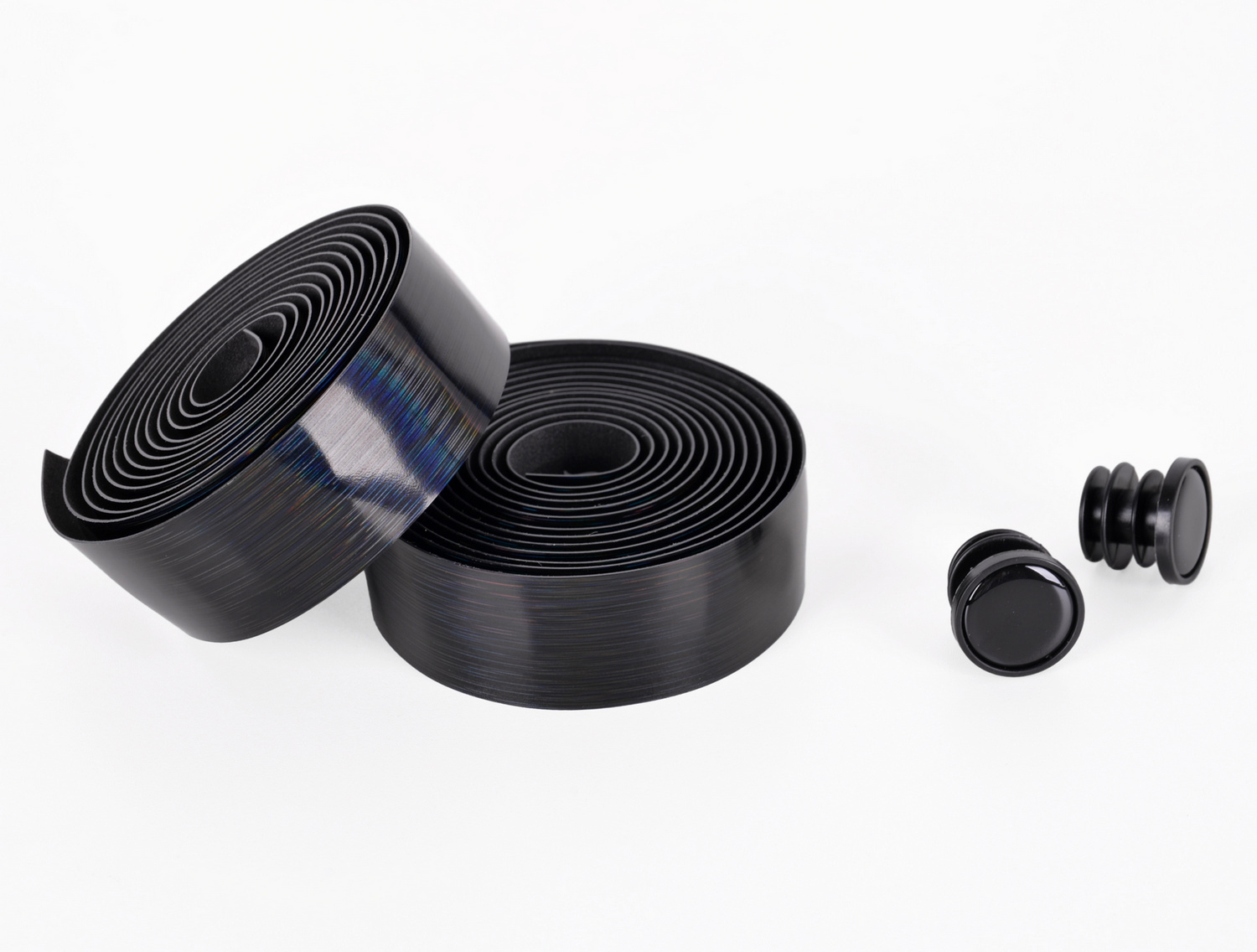
Cyclists often seek ways to enhance their performance and comfort, and taping aero bars is a simple yet impactful method to achieve this. Aero bars, used primarily by triathletes and time trialists, offer aerodynamic advantages by allowing cyclists to assume a more streamlined position. Taping these bars with high-quality handlebar tape, such as Trifox Bike's BHT100, further enhances grip, comfort, and aerodynamics, making it an essential practice for serious cyclists. One of the primary benefits of taping aero bars is improved grip. During long rides or competitive events, maintaining a secure hold on the bars is crucial, especially in adverse weather conditions. The BHT100 tape, made from EVA and PU leather, provides a textured surface that offers excellent grip, even when wet. This ensures that cyclists can maintain control and stability, which is vital for safety and performance. In addition to grip, comfort is significantly enhanced through taping. The padded nature of handlebar tape acts as a cushion against road vibrations, reducing hand fatigue and discomfort. This is particularly beneficial during long-distance rides or time trials where comfort can directly influence endurance and performance. Taping also contributes to the aerodynamics of the aero bars. By creating a smooth surface, tape minimizes air resistance, allowing cyclists to maintain their aerodynamic posture without interruptions. This subtle yet effective improvement can lead to time savings during races. Here’s a step-by-step guide on how to tape your aero bars effectively: 1. Preparation: Begin by cleaning the aero bars thoroughly to remove any dirt or grease. This ensures that the tape adheres properly. 2. Application: Start at the end of the aero bars, securing the tape with a small overlap. Stretch the tape slightly as you wrap it tightly around the bars, ensuring each wrap overlaps the previous one by half. This technique prevents gaps and ensures full coverage. 3. Finishing Touches: Once you reach the top of the bars, trim any excess tape and secure the end with the finishing tape provided. Ensure the tape is smooth and securely fastened to prevent unraveling during rides. Trifox Bike's BHT100 tape is an excellent choice for taping aero bars. Its durability and cushioning provide both comfort and performance enhancements. With easy installation and a reliable grip, it is designed to meet the demands of cyclists at any level. In conclusion, taping aero bars offers tangible benefits in terms of grip, comfort, and aerodynamics, making it a valuable practice for cyclists. By using high-quality tape like Trifox Bike's BHT100, riders can optimize their aero bars for superior performance and comfort, ensuring a more enjoyable and efficient cycling experience.
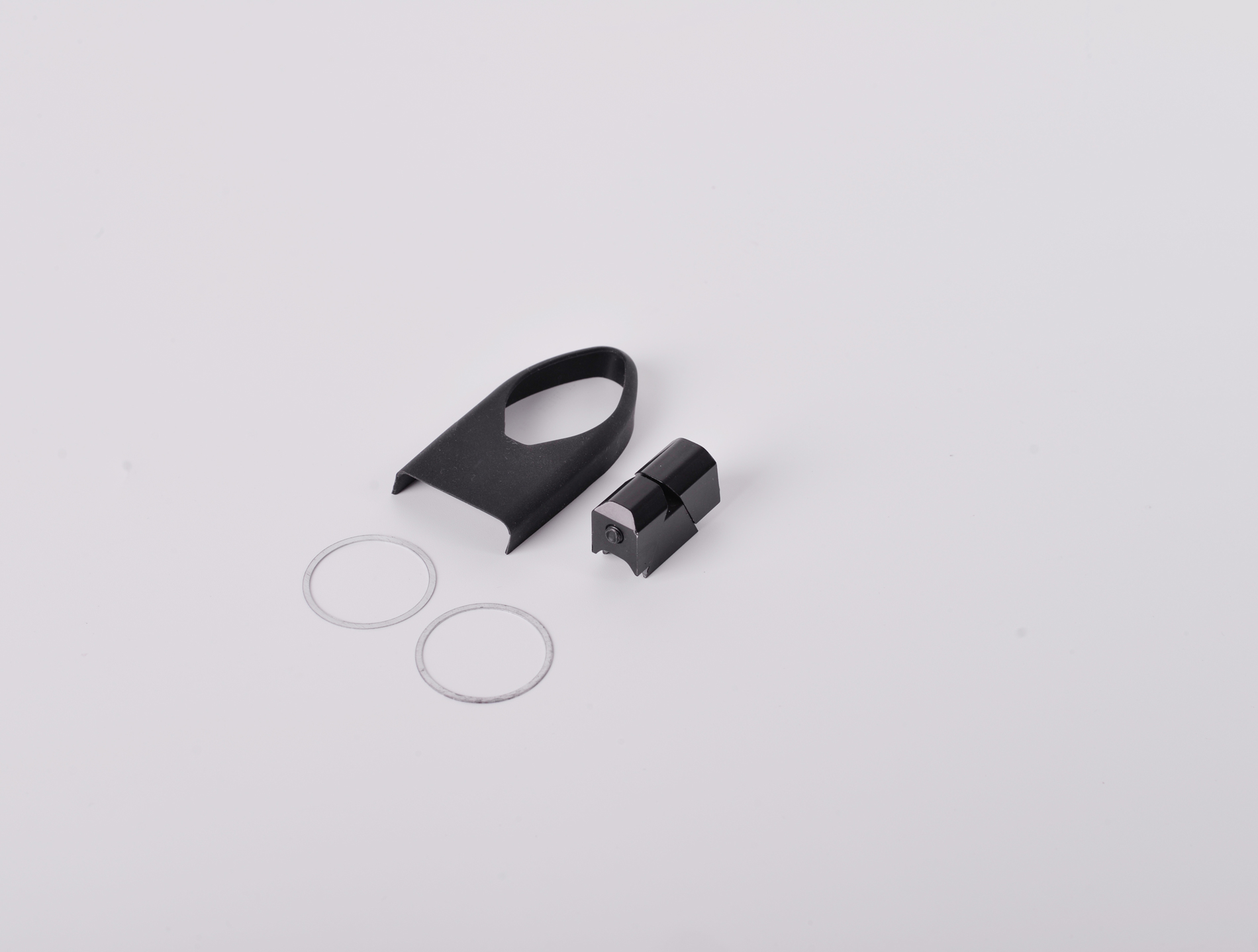
In the world of cycling, every component plays a vital role in enhancing the overall riding experience. One such component, often overlooked but equally important, is the quick release seatpost clamp. These clamps provide a range of benefits that can significantly improve convenience and versatility for cyclists. One of the primary advantages of quick release seatpost clamps is their ease of adjustment. Unlike traditional clamps that require tools to adjust, quick release clamps allow cyclists to change seat height effortlessly, without the need for any tools. This is particularly beneficial for riders who frequently switch between different terrains or cycling styles. For instance, transitioning from a steep hill climb to a flat road may necessitate a different saddle height for optimal comfort and performance. With a quick release clamp, these adjustments can be made swiftly and on the go. Convenience is another major benefit. For cyclists who share a bike with family or friends, the ability to quickly adjust the seatpost to fit different riders’ heights is invaluable. This feature ensures that everyone can ride comfortably, reducing the risk of discomfort or injury due to improper seat height. Versatility is also enhanced with quick release seatpost clamps. Whether you're commuting, racing, or mountain biking, the ability to adjust your seat quickly can adapt to varying demands and conditions. This flexibility can improve ride quality and efficiency, allowing you to maintain optimal posture and power output regardless of the scenario. However, while quick release seatpost clamps offer numerous benefits, there are potential drawbacks to consider. They might be less secure compared to traditional clamps, potentially leading to the seatpost slipping during intense rides. To mitigate this, it’s crucial to ensure that the clamp is properly tightened before setting off. Regular checks and maintenance can also help maintain its reliability and performance. Trifox Bike, renowned for its high-quality cycling components, offers a dependable quick release seatpost clamp that stands out for its durability and performance. Designed with precision engineering, Trifox’s clamp provides a secure fit while allowing for easy adjustments, making it a trusted choice for cyclists seeking both convenience and reliability. In conclusion, quick release seatpost clamps offer significant advantages in terms of ease of use, convenience, and adaptability. By allowing for rapid seat height adjustments, they enhance the cycling experience, making each ride more enjoyable and efficient. Trifox Bike’s offering in this category exemplifies these benefits, providing cyclists with a reliable and versatile solution.

















